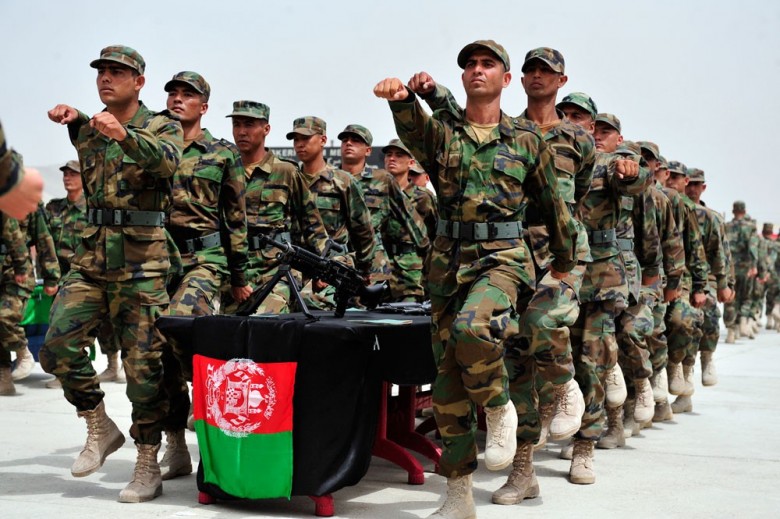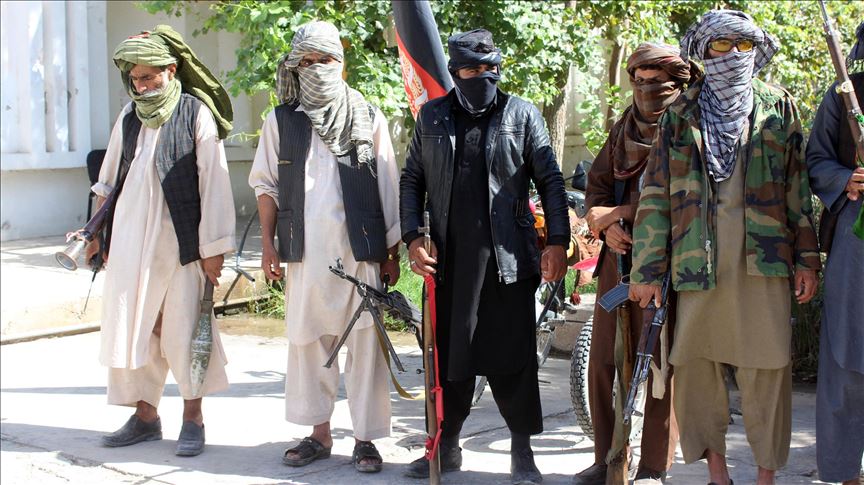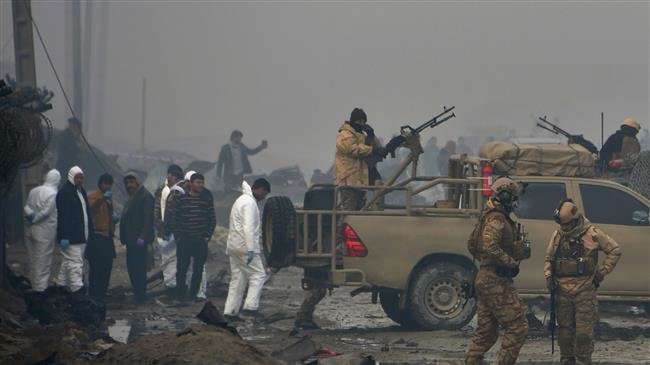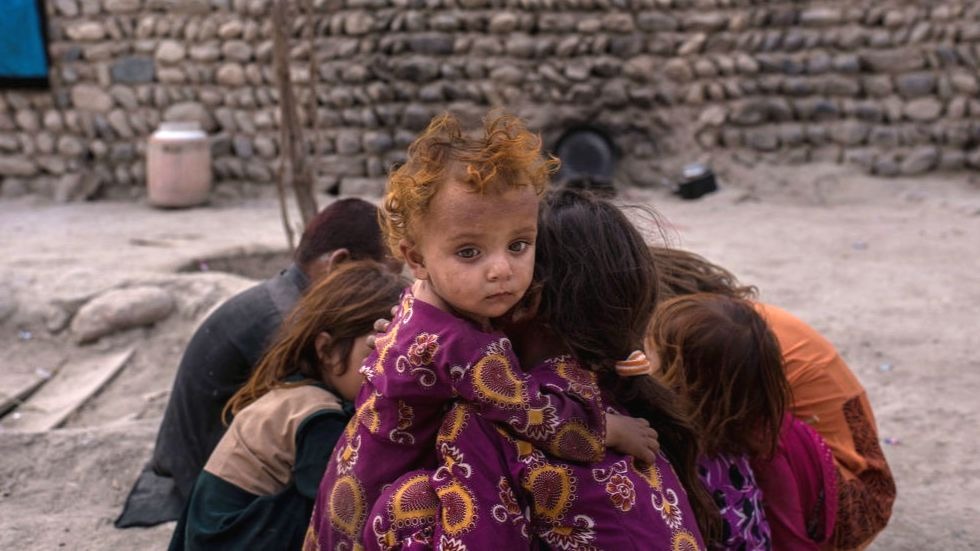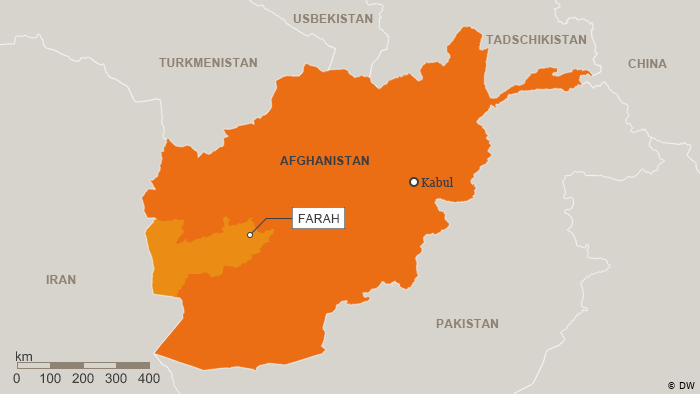Afghanistan's government is making no headway in rolling back territory controlled by the Taliban, a Pentagon watchdog found, even as the Trump administration tries to negotiate a peace agreement that would let the U.S. withdraw troops after 18 years of war.
Publish dateWednesday 1 May 2019 - 23:17
Story Code : 184348
AVA- Afghan army casualty rates, an erosion of force levels and increased civilian deaths at the hands of U.S. and Afghan forces are all preventing President Ashraf Ghani's government from breaking a stalemate with the Taliban. Both sides have incurred "more casualties as they seek greater leverage at the negotiating table," according to the latest assessment by the Special Inspector General for Afghanistan Reconstruction.
Casualties among Afghan National Defense and Security Forces rose 31 percent from December 2018 to February 2019 over the same period a year earlier, while troop levels fell short again of authorized strength for the first quarter of this year.
"If negotiators fail to secure a peace agreement, the ANDSF will be hard pressed to increase its control over Afghanistan's population, districts, and territory," the inspector general said. From November 2016 through October 2018, "the Afghan government controlled or influenced between 64 percent and 66 percent of the population."
The assessment comes as President Donald Trump wants to find a way to get U.S. troops out of Afghanistan -- and out of what's become America's longest war. That would require a breakthrough brokered by his administration's special envoy on Afghan reconciliation, Zalmay Khalilzad, who has been speaking separately with Taliban and Afghani officials in search of a solution.
"We are working to achieve a reconciliation so that this conflict, now coming on two decades, can be resolved," Secretary of State Michael Pompeo said Monday in Washington. "We can take down the violence level, we can get a political outcome." A necessary condition for the U.S. to end its involvement is being able to prevent "an attack on the homeland from Afghanistan," Pompeo said.
Negotiations between Khalilzad and the Taliban in Qatar have centered on a withdrawal of foreign troops from Afghanistan in exchange for Taliban pledges not to let terrorist groups such as Islamic State and al-Qaeda operate from the country. The Taliban, ousted when U.S. troops arrived in Afghanistan after the Sept. 11, 2001 terrorist attacks, have refused to speak with Ghani's government so far.
Integrating Taliban
Another obstacle for peace will be transitioning about 60,000 Taliban fighters to a sustainable livelihood and peacefully reintegrate them into Afghan society, the inspector general cautioned.
"Successfully reintegrating these tens of thousands of former fighters into society -- a complex and long-term process with social, economic, political, security, and humanitarian dimensions -- will be critical for Afghanistan to achieve lasting peace and stability," the report said.
If peace is finally reached, it may lead to an erosion in women's rights, according to the report.
"The prospect of a peace agreement with the Taliban raises new concerns about the sustainability of the gains Afghan women have made over the past 17 years," the inspector general said. "The Taliban regime from 1996 to 2001 was notorious for its brutality against women. Some experts believe that a precipitous withdrawal of U.S. forces could lead to the deterioration of political and economic freedoms, however limited, currently enjoyed by women in Afghanistan."
Casualties among Afghan National Defense and Security Forces rose 31 percent from December 2018 to February 2019 over the same period a year earlier, while troop levels fell short again of authorized strength for the first quarter of this year.
"If negotiators fail to secure a peace agreement, the ANDSF will be hard pressed to increase its control over Afghanistan's population, districts, and territory," the inspector general said. From November 2016 through October 2018, "the Afghan government controlled or influenced between 64 percent and 66 percent of the population."
The assessment comes as President Donald Trump wants to find a way to get U.S. troops out of Afghanistan -- and out of what's become America's longest war. That would require a breakthrough brokered by his administration's special envoy on Afghan reconciliation, Zalmay Khalilzad, who has been speaking separately with Taliban and Afghani officials in search of a solution.
"We are working to achieve a reconciliation so that this conflict, now coming on two decades, can be resolved," Secretary of State Michael Pompeo said Monday in Washington. "We can take down the violence level, we can get a political outcome." A necessary condition for the U.S. to end its involvement is being able to prevent "an attack on the homeland from Afghanistan," Pompeo said.
Negotiations between Khalilzad and the Taliban in Qatar have centered on a withdrawal of foreign troops from Afghanistan in exchange for Taliban pledges not to let terrorist groups such as Islamic State and al-Qaeda operate from the country. The Taliban, ousted when U.S. troops arrived in Afghanistan after the Sept. 11, 2001 terrorist attacks, have refused to speak with Ghani's government so far.
Integrating Taliban
Another obstacle for peace will be transitioning about 60,000 Taliban fighters to a sustainable livelihood and peacefully reintegrate them into Afghan society, the inspector general cautioned.
"Successfully reintegrating these tens of thousands of former fighters into society -- a complex and long-term process with social, economic, political, security, and humanitarian dimensions -- will be critical for Afghanistan to achieve lasting peace and stability," the report said.
If peace is finally reached, it may lead to an erosion in women's rights, according to the report.
"The prospect of a peace agreement with the Taliban raises new concerns about the sustainability of the gains Afghan women have made over the past 17 years," the inspector general said. "The Taliban regime from 1996 to 2001 was notorious for its brutality against women. Some experts believe that a precipitous withdrawal of U.S. forces could lead to the deterioration of political and economic freedoms, however limited, currently enjoyed by women in Afghanistan."
avapress.net/vdchkknz623n6xd.01t2.html
Tags
Top hits
